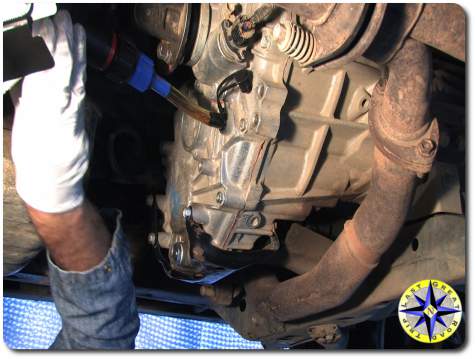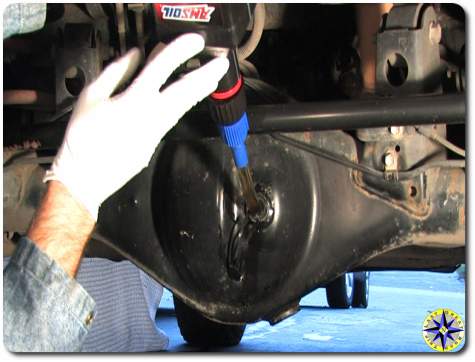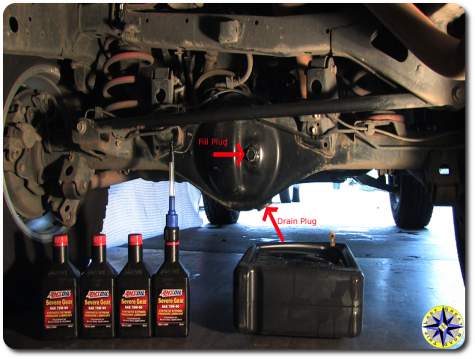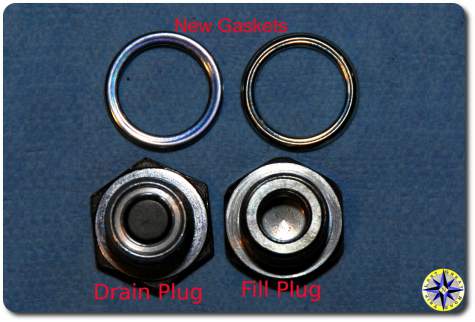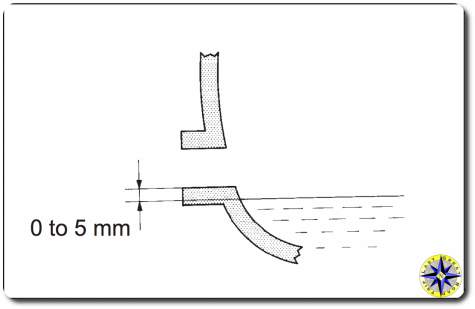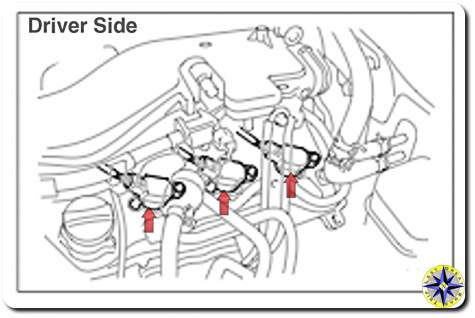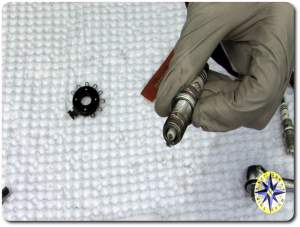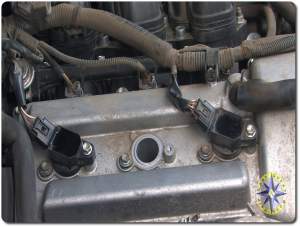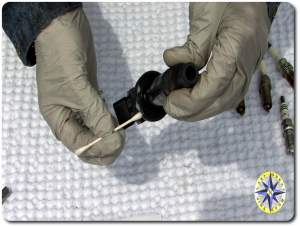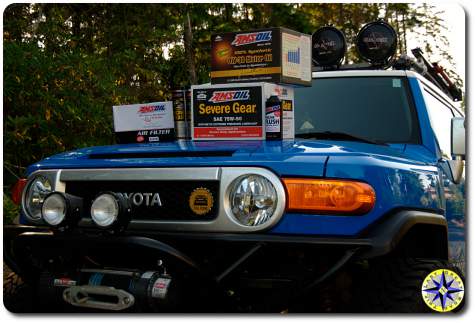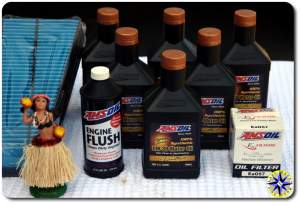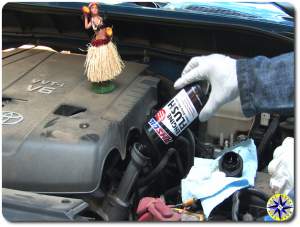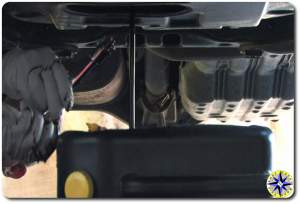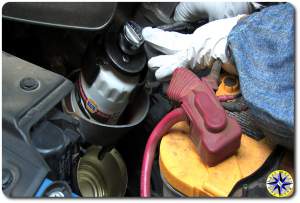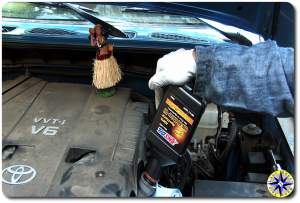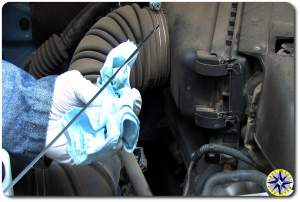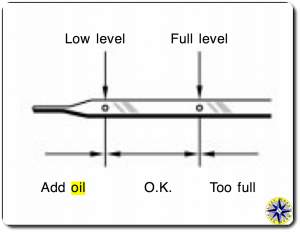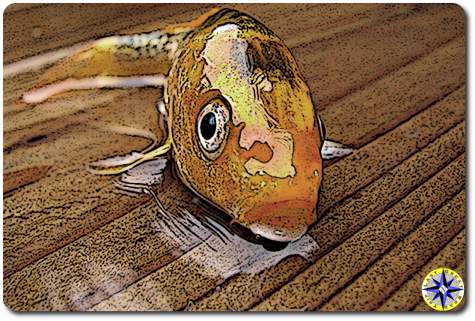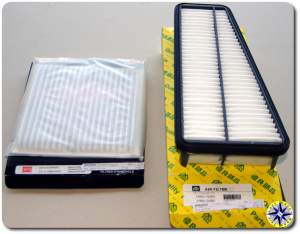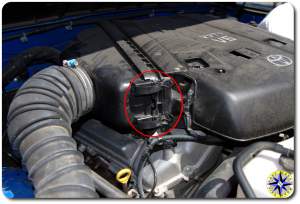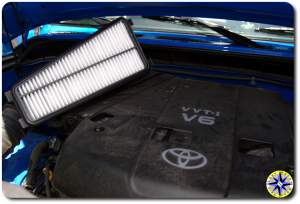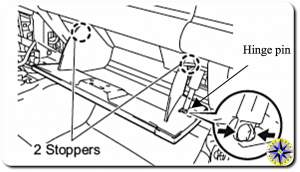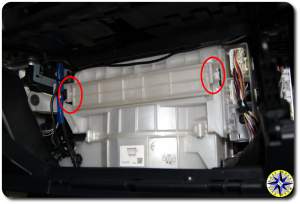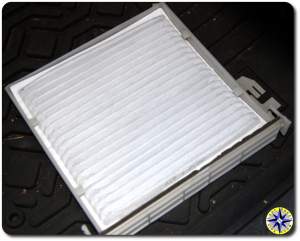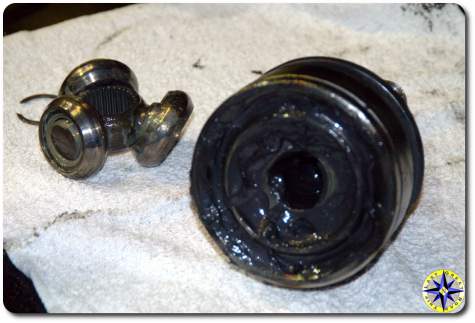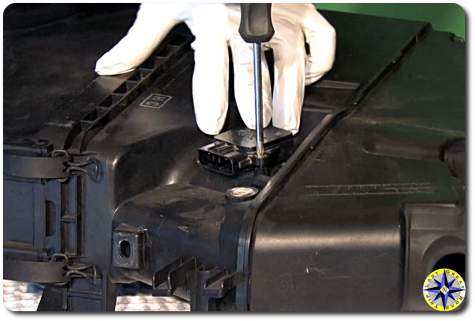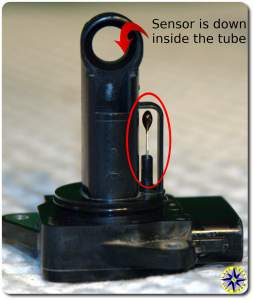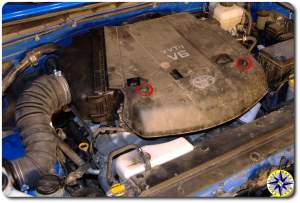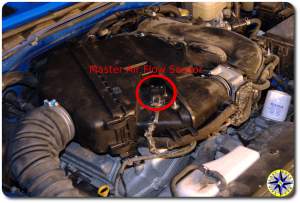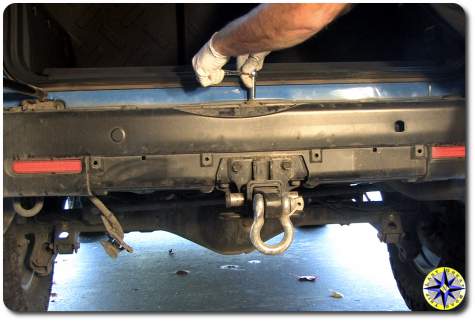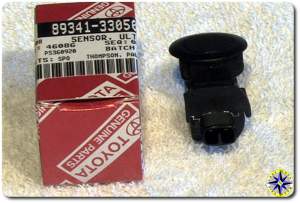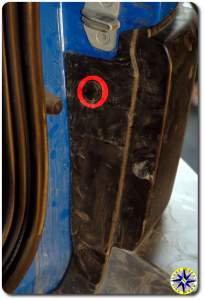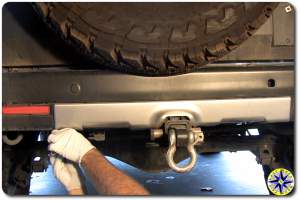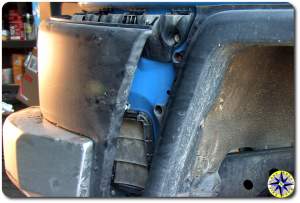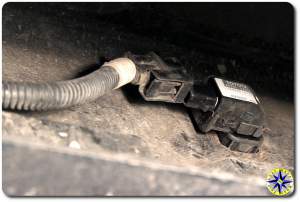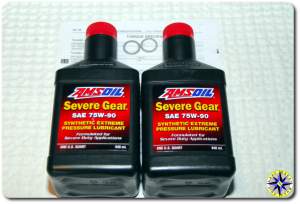 On an off-road adventure in a 4WD vehicle, the transfer case distributes the power front and back. The 2007 Toyota FJ Cruiser maintenance schedule, shows that Toyota recommends changing the gear oil in the transfer case every 30,000 miles depending on usage.
On an off-road adventure in a 4WD vehicle, the transfer case distributes the power front and back. The 2007 Toyota FJ Cruiser maintenance schedule, shows that Toyota recommends changing the gear oil in the transfer case every 30,000 miles depending on usage.
Sure you can bring your rig into the local shop but changing the transfer case’s gear oil yourself is an easy maintenance activity that can be completed by any back yard mechanic. Besides saving money, you will also learn a little more about your 4×4 adventure vehicle which can only help when your on the trail.
We checked our 2007 Toyota FJ Cruiser owners manual and found we would need 1.5 quarts of Hypoid gear oil API GL-5 (Toyota Recommends oil viscosity: SAE 75W-90). We went with Amsoil Severe Gear SAE 75W-90 synthetic extreme pressure lubricant, formulated for sever duty applications.
We also grabbed new gaskets for the fill and drain plugs as well as a funnel with flexible tube (Hopkins FloTool 10704 Spill Saver Measu-Funnel) for getting the thick gooey oil into the transfer case. The only tools needed are a oil catch pan, 24 millimeter socket, ratchet and a torque wrench.
Start by putting the rig on a flat, level spot to ensure good draining and proper refill. Tip: clean around the transfer case with soapy water and a scrub brush to remove the road and trail gunk. This will prevent any dirt from falling in to the case while changing the oil.
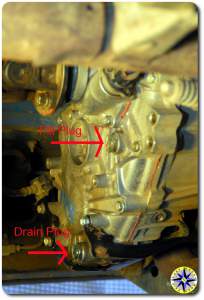 Using the 24mm socket remove the fill plug located in the middle(ish) of the transfer case. By removing the fill plug first, the housing will be able to breath allowing the gear oil to drain more quickly.
Using the 24mm socket remove the fill plug located in the middle(ish) of the transfer case. By removing the fill plug first, the housing will be able to breath allowing the gear oil to drain more quickly.
With the oil catch pan in place remove the drain plug, located on the bottom of the transfer case, using the same 24mm socket. If your going to use gloves, this is the time to wear them.
Once the oil is fully drained, wipe the area clean and re-insert the drain plug with a new gasket and hand tighten. Set the torque correctly on your torque wrench and tighten down the drain plug. The Toyota maintenance manual states the torque specifications for both the drain and fill plugs as 27 foot pounds for our 2007 Toyota FJ Cruiser.
Remember that funnel with flexible tube? Getting the oil out of the bottle and into the transfer case through that little hole can be tricky. One of the advantages of the Hopkins FloTool 10704 Spill Saver Measu-Funnel is that the flexible tube funnel cap will screw directly on to the Amsoil quart bottles. The cap has an open and close position preventing spills as you position the bottle and hose into place.
Squeezing out thick gear oil through the tube takes awhile. It works best if you give the quart bottle a few long squeezes and than allow air to flow back into the bottle followed by a few more good squeezes.
The transfer case on our 2007 Toyota FJ Cruiser holds 1.5 quarts. Checking the fill level on flat ground is easy. The oil should begin to run out or be just about to run out (within 5mm of the fill opening).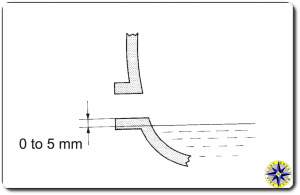
Hand tighten the fill plug with a new gasket followed by torquing down the plug to Toyota specifications (27 ft./lbf for the 2007 FJ Cruiser).
Once everything is buttoned up, give the plugs one more wipe down and check for leaks followed by a drive around the block. Double check for drips and leaks when the test drive is complete.
Keeping the power distributed to the front and rear axles in key in a 4×4 vehicle. Ensuring the transfer case continues to do its job takes only a little maintenance in the form of an oil change. Changing the gear oil in the transfer case of a Toyota FJ Cruiser is a simple maintenance job anyone can do with a few tools, a little know how and about 60 minutes.
Don’t forget to change the oil in the rear differential too while your at it. You can learn how with our rear differential oil change how to video.

